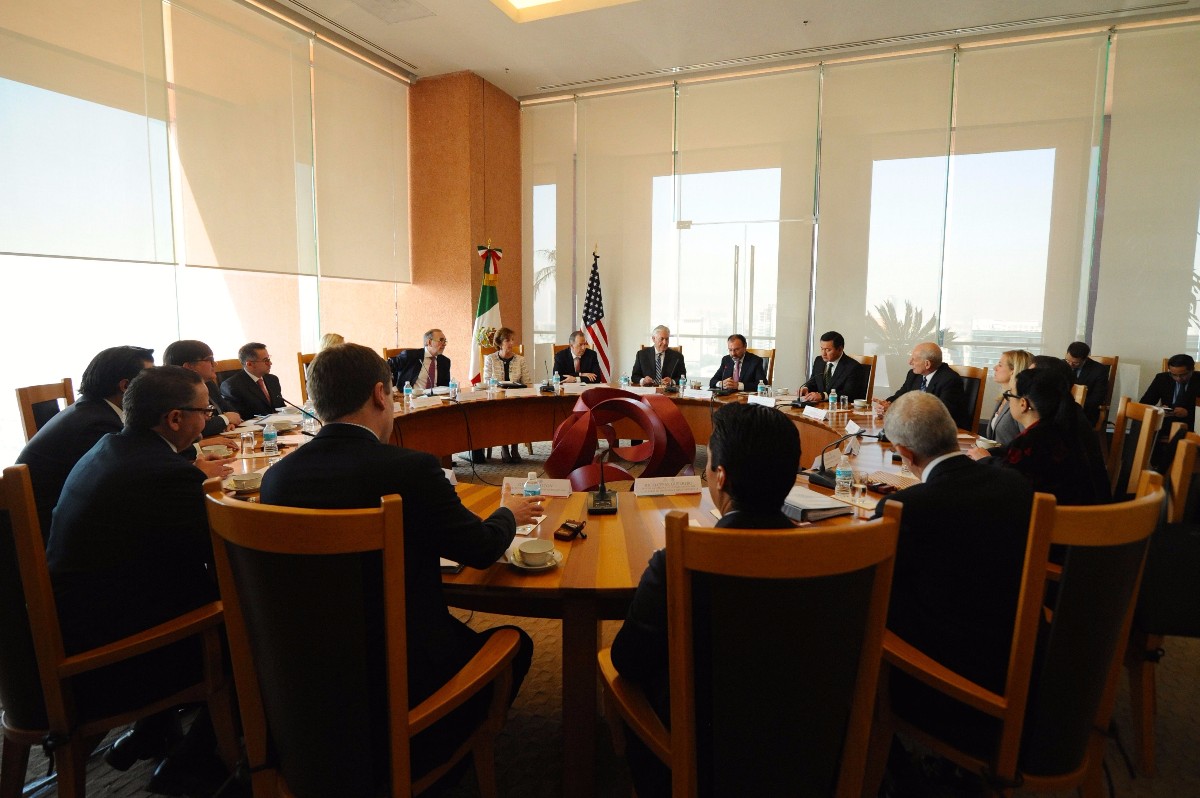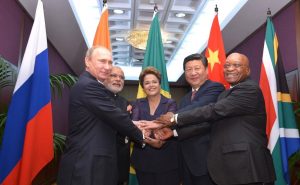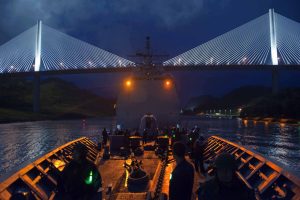 United States Department of State, 2017
United States Department of State, 2017
America’s Response to One Belt, One Road
Infrastructure on a New Silk Road
As a previous ASP article details, the Chinese economic strategy for the twenty-first century is focused on the goal of tying together the European, Asian, and African economic zones into one cohesive Afro-Eurasian economic zone. A new international initiative – One Belt, One Road (OBOR) – uses the power of Chinese capital markets and economic capacity to invest in the infrastructure of surrounding countries throughout the region. The umbrella initiative encompasses diverse methods of building the region’s economic power and promoting goodwill towards China.
Building overland economic corridors towards Europe and maritime economic corridors through the Indian Ocean creates an infrastructure system designed to make China the primary economic power in the region. Creating easier access to neighboring markets drives demand in an export-oriented Chinese economy and increases global economic dependence on China.

President of Russia, 2014
According to a 2016 report by PricewaterhouseCoopers, China will provide up to $1 trillion in funding for OBOR projects in the next decade. This investment in infrastructure develops regional trade, increases demand for Chinese professional and technical services, and opens new markets for Chinese exports. Chinese investments abroad also promote the use of the Chinese Renminbi internationally – essential to China’s goal of becoming a greater portion of global currency reserves.
Connecting all of Eurasia and Africa to China in one economic zone positions America’s greatest economic rival to become the dominant force in the Eastern Hemisphere. China has put forth a cohesive plan for future growth and the United States has offered no solutions in response.
Infrastructure as a Diplomatic Tool
There is a lesson that the United States can learn from China’s plan: America should focus on cooperation with its neighbors in the Americas to reassert political and economic strength in the Western Hemisphere. Despite upgrades in the past decade, inadequate infrastructure remains a major hurdle in the development of Latin America and the Caribbean.
Latin America has fallen significantly behind East Asia in electricity generation due to inefficient technologies leading to high energy loss. The port systems of the region must also be updated to accommodate shipping technology in a post-Panamax era. Improved infrastructure in the region will not only reduce the time and cost of importing goods from our southern neighbors, it will allow us to shift our economy away from East Asian states who are increasingly intertwined with Chinese interests.
The United States should leverage its large and efficient capital markets to provide the funding for improving regional infrastructure in the Americas. The United States government can open access to low-interest American debt for countries to dedicate towards greater public investment in infrastructure. In addition, providing no-interest or low-interest loans to financial institutions or companies willing to invest in infrastructure projects located in Latin America and the Caribbean will make a greater number of public-private partnerships financially viable. Another option is to guarantee a portion of infrastructure loans to reduce risk to lenders.
Additionally, greater economic security in the region would increase regional stability. Growing the economic opportunities available to Latin Americans make illegal immigration and participation in the drug, weapon, and human trades less desirable. Particularly in unstable regions like Central America, economic growth can reduce criminal action in our southern neighbors and ensure domestic security.

US Navy, 2012
To counter China’s growing role in developing economies, including regions like Latin America outside of its OBOR strategy, the United States should turn to helping its regional neighbors through financial assistance. Improving our regional infrastructure will not only solidify our national security through increased regional stability, it also serves our economic interests by lowering the cost of trading with allies and promoting demand for American products abroad. Building a supply chain through the Americas provides greater economic security and would create an Inter-American economic zone to rival the Afro-Eurasian economic zone that China is building.






